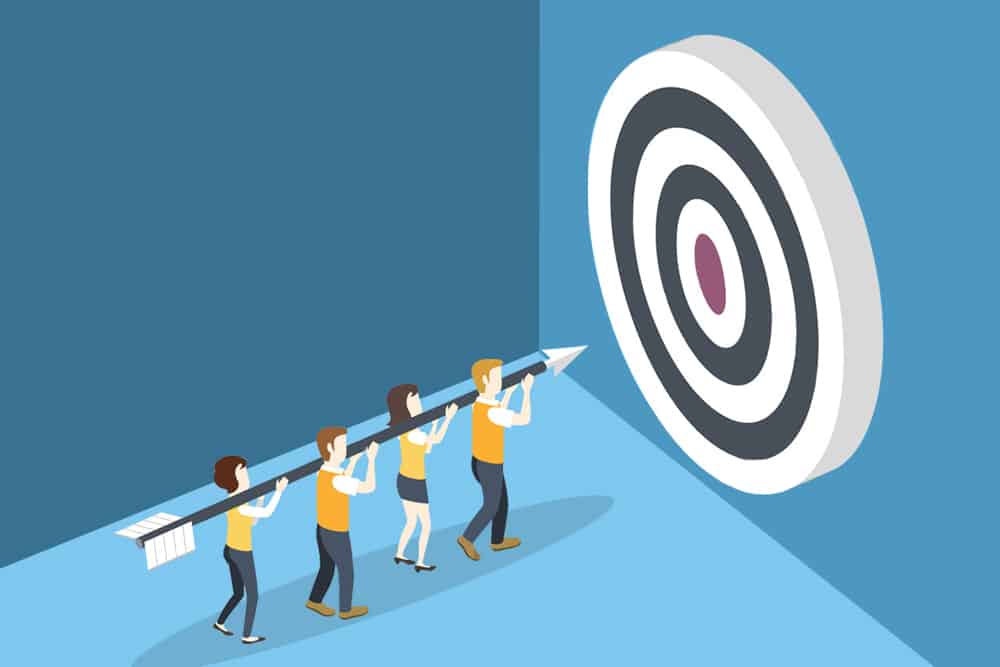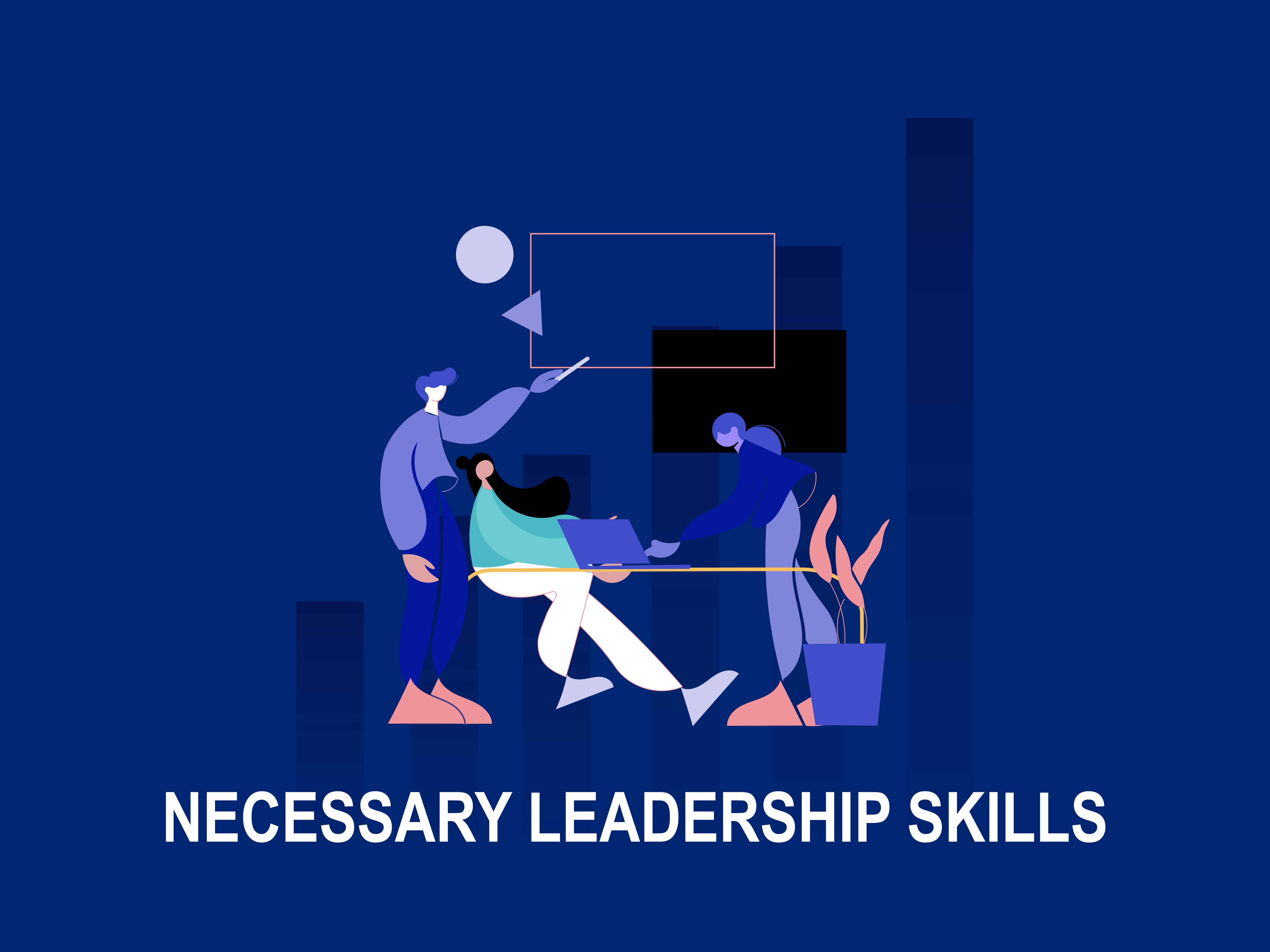How To Run An Effective Brainstorming Session
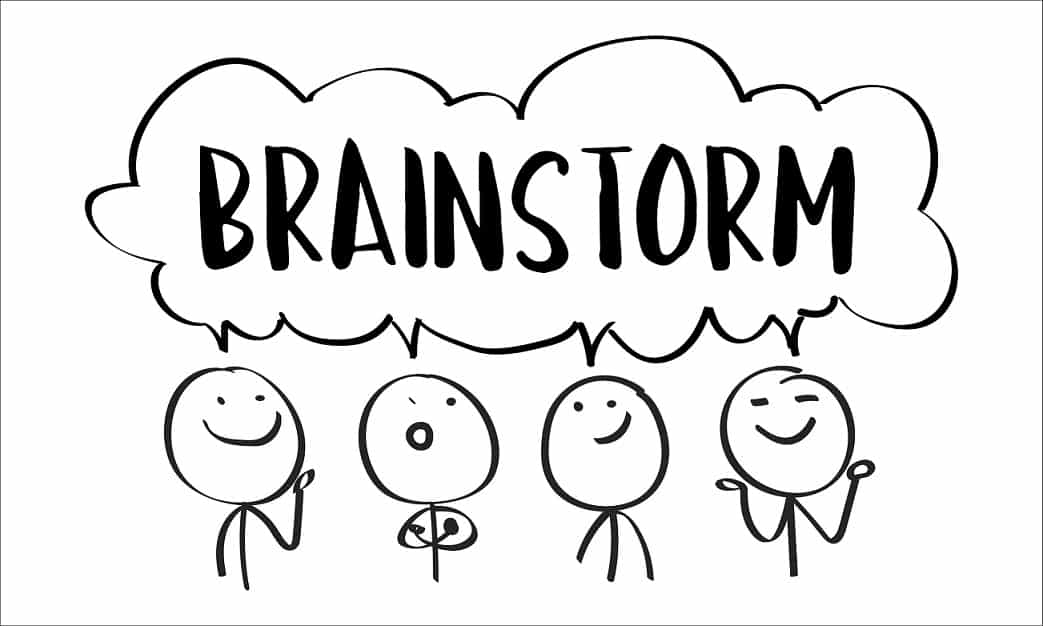
How to Make Brainstorming Session More Effective
If you need to flourish in today’s competitive market, then maintaining a competitive edge is crucial. Problem-solving in business is tremendously important, and Effective Brainstorming is an incredibly best technique available for creative problem-solving. Brainstorming hails the idea of free thinking and generating ideas without being bound by the restraints.
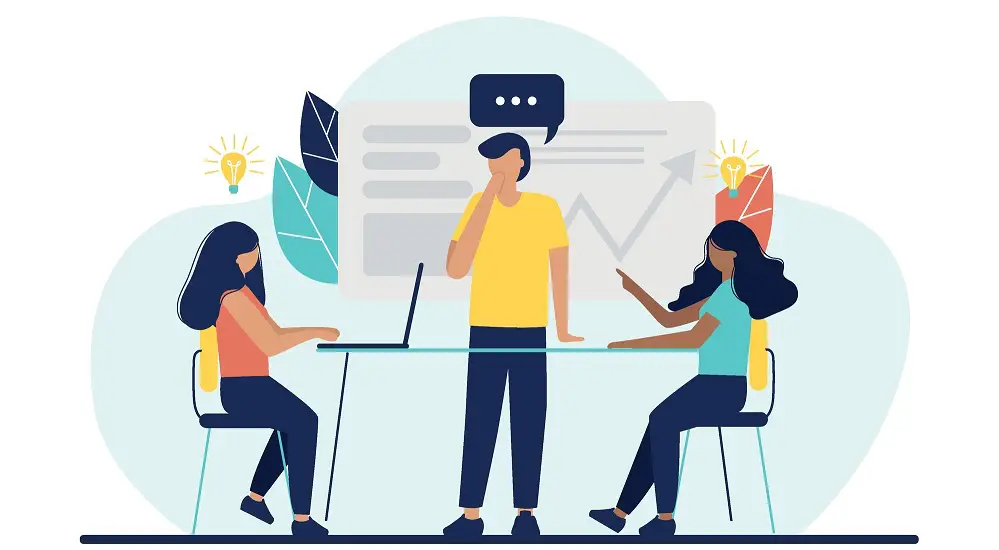
What is Brainstorming?
Brainstorming is a creative group technique in which continuous efforts are made to find a conclusion for a specific problem. The solutions gathered are spontaneously contributed by the members. Brainstorming sessions encourage free-thinking, thought generation, which empowers management’s decision-making capabilities. A small business can integrate brainstorming sessions by simply following a Do’s and Don’ts session with the team. The system determines the best solution possible for a problem or an issue. The core strength of Brainstorming is its participants.
Developed by an Advertising tycoon Alex Faickney Osborn. Brainstorming is a widely applied instrument by many organizations. Brainstorming is about effectively using brains to storm the problem with solutions. The aim of conducting a brainstorming session is to develop as many ideas as possible in the shortest span of time for a predefined problem. The emphasis is on the quantity of the idea and not much on the quality for the effectiveness of decision making it to have at least a team of five to fifteen members. Team members should be from all spheres, with a variety of knowledge, education, experience, which will provide ideas from different perspectives.
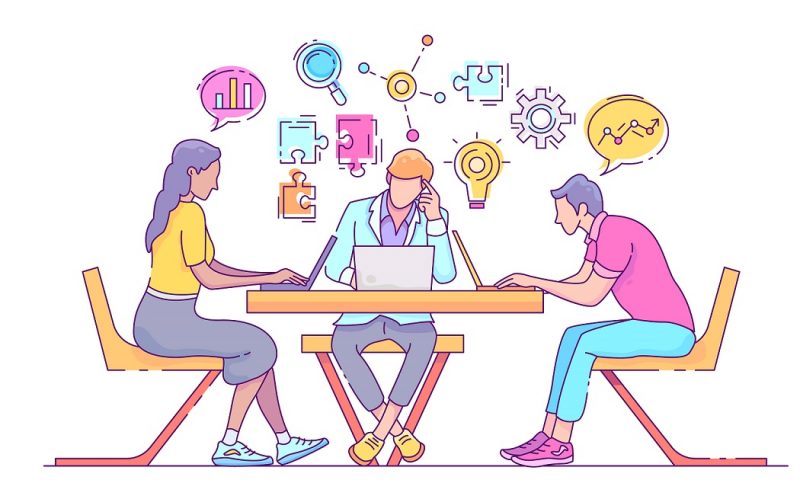
Brainstorming is usually conducted at the beginning of the development stages. Brainstorming session fastens ups groups creativity. For effective outcomes, the problem or question clearly needs to be defined beforehand. Brainstorming is less effective where problems are difficult or complex to describe or where it needs specialized knowledge. Before beginning, a brainstorming sessions rules for the game should be set. Rules don’t tend to bound too tightly, so you stop being creative, instead gives you more space and removes the barriers which welcome free thinking. One may find some exciting Brainstorming Templates to make discussion more successful.
Below are some of the rules of the game discussed:
- Set Time Limit: Depending on the complexities of the problem, the time limit should be set for solving the problem.
- Postpone Judgement or Discussion: In brainstorming sessions, all ideas are welcome, written down, criticism can be delayed for later.
- Focus on Quality: Gather as many ideas as possible; every idea is welcome.
- Refrain Criticism: No one should respond to any ideas negatively.
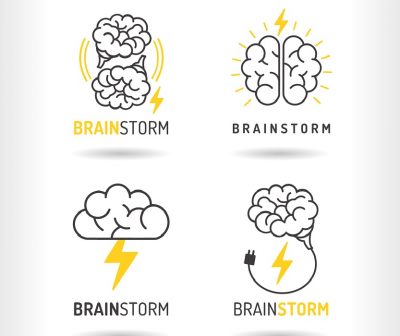
- Welcome Each and Every Wacky Idea: To eliminate quotes like, “too expensive,” “Can’t be done,” we need to open floodgates for ideas, so every individual feels free to blurt out ideas.
- Freewheel: It isn’t bad to be a freewheel, feel free to jump out from one idea to another and think out loud.
- Aim for Quantity: The aim of brainstorming sessions is to generate as many ideas as possible just remember “quantity breeds quality.”
- Build on Joined Ideas: Brainstorming is a process where several individuals assemble, discuss, expands on other’s notions, and reach out to new insights, allowing other ideas to trigger one’s own.
Various Phases of Brainstorming Process
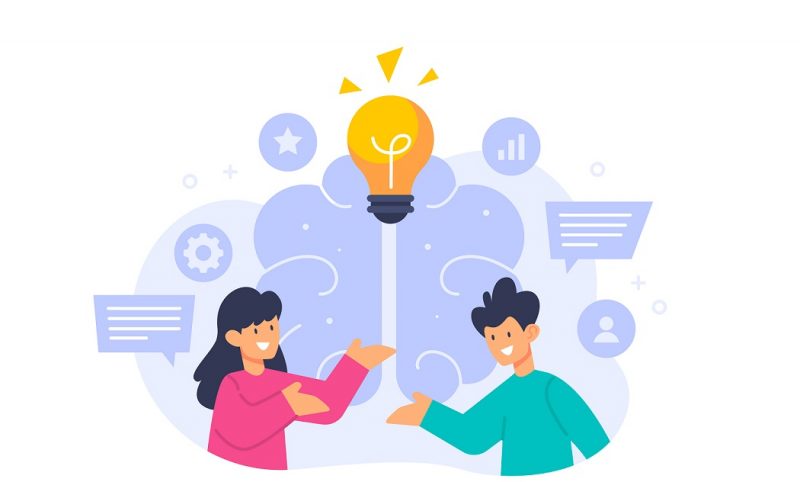
Effective Brainstorming encourages, stimulates, and motivates each other to generate great ideas. The brainstorming session starts with a good, concrete problem. Here we have listed some of the phases of the brainstorming session:
- Preparation: The initial step in a brainstorming session is to set up a team of 5 to 15 laymen and experts. The group is directed in advance what actions have to be made, sessions starts, how long it will take.
- Generate Ideas: All the ideas gathered are written on a whiteboard, sticky notes, and is assembled by the leader. He ensures everyone gets an equivalent chance to speak, and criticism is eliminated. The leader ensures the atmosphere is productive, creative, and relaxed.
- Evaluation: It’s the most crucial aspect of the brainstorming sessions. The evaluation of proposed ideas takes place after the brainstorming session is over. It can be done by a small team of management or by professional experts. Each idea’s usefulness, pros, cons are evaluated and compared with that of others. Prioritization is the final stage of any brainstorming session; ideas with effectiveness are given the highest priority.
Developing Creativity in Brainstorming
Creativity isn’t just for artists for drawing imaginary paintings or for writers for writing terrific articles. Creativity is a skill that aids in developing a first-class outcome. Brainstorming isn’t just limited to discussing or exchanging ideas, but its an approach to developing creative ideas more quickly.
Here are some of the ways to stimulate your creativity:
- Note Down Your Ideas: Ideas can strike your minds at any point in time. It can hit up in any craziest moments like while driving or taking a morning walk. So, it’s better to note it down before it flews away your mind.
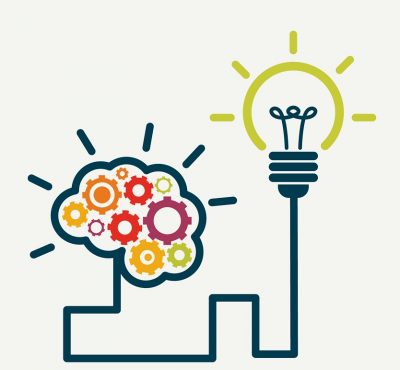
- Test Yourself: Testing your limits challenge your brains to work out of your comfort zone and set new limits. The pressure encourages the brain to look for creative approaches to set new goals.
- Enhance Your Knowledge and Skills: For education or learning, there’s no end. One of the best ways to be creative is to gain knowledge and enhancing one’s skills and applying them in new situations. Skills can be enhanced by attending meetings, seminars, reading online journals, etc.
Brainstorming is the finest approach that works for every management. It’s a terrific technique for generating ideas, producing alternatives, and developing creative approaches. Practitioners use more then one technique in a single session in order to maintain the flow of creative juices. There are numerous of ways possible to inspire creative ideas.

